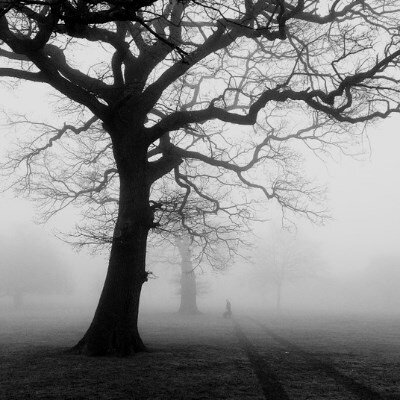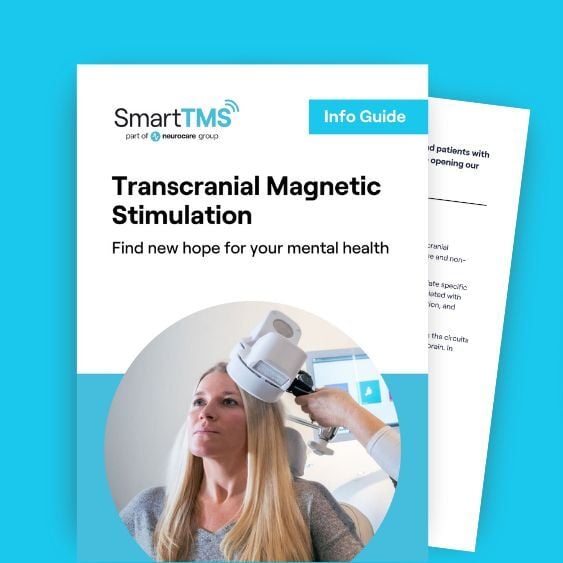Winter Depression – SAD Enters Worst Months
December 6, 2016 - Smart TMS

Seasonal Affective Disorder
Winter depression – or Seasonal Affective Disorder (SAD) – is a form of the illness triggered by reduced exposure to sunlight during the shorter winter days.
It is a recognised mental health disorder and is most severe during December, January and February when the days are shorter and nights get darker earlier.
Most people are affected to some extent by the changing seasons. It is normal to feel happier and more vibrant in the summer with longer days and also fairly normal to find that you eat more or sleep longer in winter.
However, sufferers of Seasonal Affective Disorder will find that the change from summer to winter has a severe effect on mood and energy levels with symptoms of depression which impact on day-to-day life.
SAD is most common in countries where there are large changes in the weather and daylight hours in the different seasons – like in the UK. As it is linked to sunlight exposure, it affects those living in northerly areas more severely, as the days become even shorter in the winter months. So for example prevalence in the USA ranges from 1.4% in Florida to 9.9% in Alaska.
SAD Seasonal Affective Disorder Symptoms
The NHS says symptoms of SAD include:
- persistent low mood
- loss of pleasure/interest in normal everyday activities
- irritability
- feelings of despair, guilt and worthlessness
- feeling lethargic and sleepy during the day
- sleeping for longer than normal/finding it hard to get up in the morning
- craving carbohydrates and gaining weight
DIY Treatments
Guidelines suggest a number of measures that patients can take to try to manage their Seasonal Affective Disorder themselves
- try to get some natural sunlight every day
- make your work and home environments as light and airy as possible
- sit near windows when indoors
- take plenty of regular exercise, particularly outdoors and in daylight – a lunchtime walk is ideal
- eat a healthy, balanced diet
- avoid stress/manage stress
The NHS recommends that people struggling to cope with SAD visit the GP.
Standard Recommendations for Treatment
NICE (National Institute for Health and Care Excellence) recommends that SAD should be treated in the same way as other types of depression, which means talking therapies like CBT (cognitive behavioural therapy) or medication such as antidepressants. Light therapy is a popular treatment for SAD as it directly addresses the cause, although NICE says it’s not clear whether it’s effective.
Medication-Free Depression Treatment
Depression treatment doesn’t have to mean anti-depressants or tranquillisers.
rTMS (Repetitive Transcranial Magnetic Stimulation) is an alternative treatment which uses uses magnetic waves working directly on specific areas of the brain.
The treatment has been approved by NICE as an effective and safe method of treating depression in the UK and many patients have been able to improve their mood and wellbeing after treatment.
Smart TMS Clinics
Transcranial Magnetic Stimulation (TMS) is a technological breakthrough in the treatment of depression. The treatment is now available in London, based at The Smart Clinics Brompton Cross (South Kensington).
Contact Us
For any queries or to book an appointment, please contact us:
Tel: 0345 222 5678
Email: info@smarttms.co.uk










